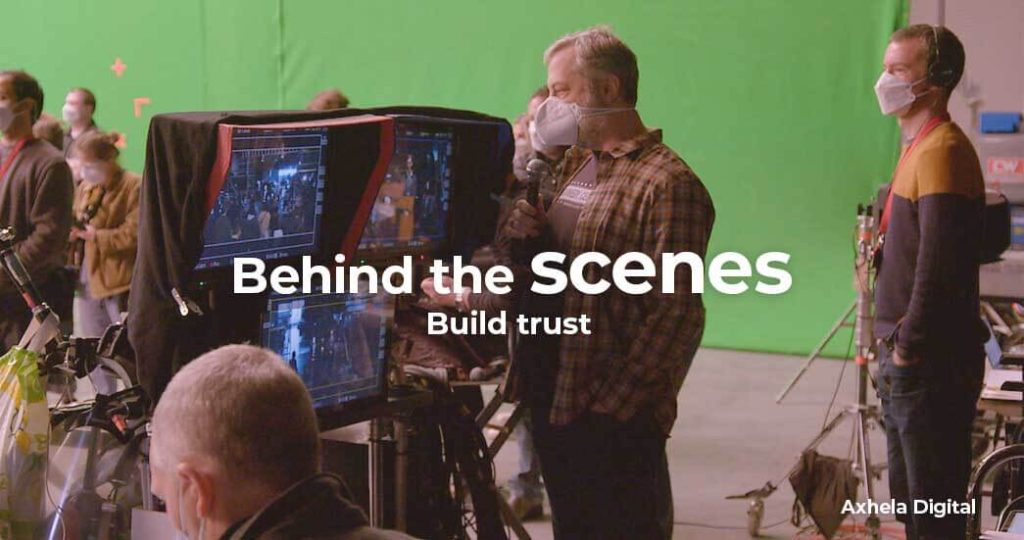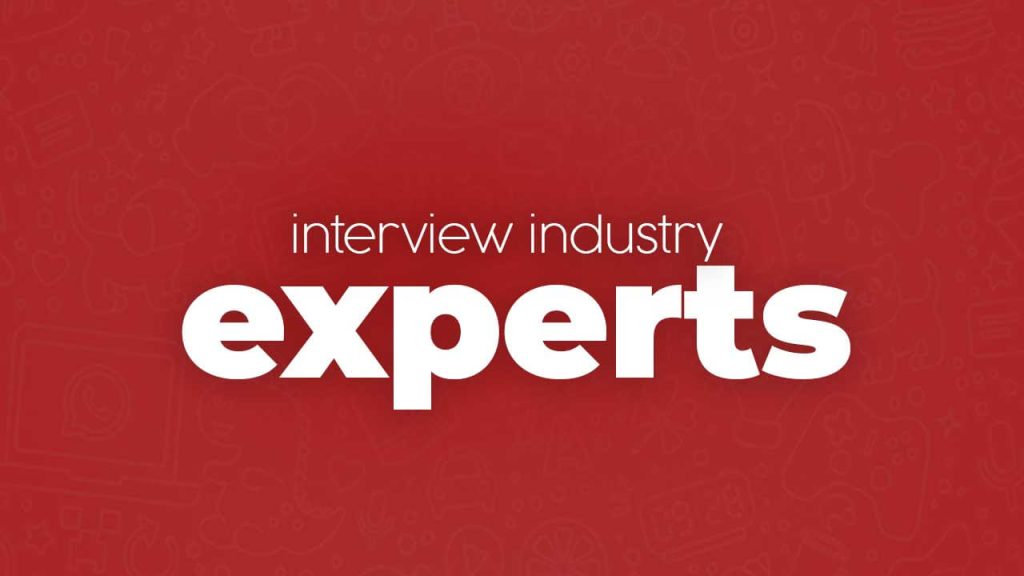Call Us: (256)762 179048

- Create a blog: A blog can be used to showcase your company’s expertise and provide valuable insights to your audience. It can cover topics such as industry trends, digital marketing strategies, case studies, and other relevant topics.
- Social Media: Utilize social media platforms like Facebook, Twitter, Instagram, LinkedIn, and Tiktok to share industry news, promote your services, and engage with potential clients. Create a content calendar to ensure regular posting.
- Email Marketing: Use email marketing to stay in touch with your existing clients, share updates, and promote your services. Use segmentation to target your messages to specific audiences.
- Webinars and Online Events: Host online events to showcase your expertise and engage with potential clients. Offer valuable information and solutions to their problems.
- Case Studies: Share successful case studies of your past clients, highlighting the impact your services had on their business.
- Infographics and Visual Content: Visual content such as infographics, videos, and images can help communicate complex ideas in a more engaging and memorable way.
- Podcasts: Start a podcast to share insights and interview industry leaders. Podcasts can be a great way to establish your company as a thought leader in the industry.
- SEO: Optimize your website for search engines to improve your visibility and attract potential clients. Focus on relevant keywords and create quality content.
- Pay-Per-Click Advertising: Use pay-per-click advertising on platforms like Google Ads and Facebook Ads to reach your target audience and promote your services.
- Partnerships and Collaborations: Collaborate with other businesses and industry leaders to cross-promote services and share expertise. This can help expand your reach and establish your company as a trusted authority in the industry.
Other content ideas can include
11. Share a “Must- To- Do” List

A to-do list is a list of tasks or activities that need to be completed within a certain timeframe. To create a to-do list, you can follow these steps:
- Brainstorm all the tasks that need to be completed.
- Prioritize the tasks by importance and deadline.
- Break down large tasks into smaller, more manageable tasks.
- Assign a timeframe or deadline for each task.
- Organize the tasks into categories or sections (e.g. work, personal, errands, etc.).
- Update and revise the list regularly as tasks are completed or new tasks arise.
To make it easier, there are also a variety of apps and tools available to help you create and manage your to-do list, such as Todoist, Trello, or Google Tasks.
12. The question of the week

The question of the week is a question that is posed to a group of people to encourage conversation and reflection. The purpose of a question of the week is to provide a topic for discussion and to encourage individuals to share their thoughts, opinions, and experiences on a particular subject.
The question of the week can be used in various settings, such as in classrooms, workplaces, or social groups, and can be tailored to the interests and goals of the participants. The question of the week can help foster a sense of community and can encourage individuals to connect and learn from each other.
13. Predict Future Trends

Predicting future trends is challenging because the future is uncertain and influenced by many different factors. However, here are some steps you can take to try to predict future trends:
- Research current trends: Look at current trends in technology, culture, and society to gain an understanding of what is happening now. This can provide a starting point for thinking about what might happen in the future.
- Analyze data: Collect and analyze data related to the trends you are studying. Look for patterns, anomalies, and correlations that might indicate future trends.
- Look for emerging technologies: Keep an eye on emerging technologies that have the potential to disrupt current trends or create new ones. Consider how these technologies might evolve and impact society in the future.
- Consider demographic shifts: Changes in demographics, such as population growth or aging, can have a significant impact on future trends. Consider how demographic shifts might influence the direction of society and technology.
- Consult experts: Talk to experts in relevant fields, such as technology, finance, or healthcare, to gain insights into potential future trends. Experts can provide valuable insights based on their experience and knowledge.
- Use scenario planning: Scenario planning involves creating different scenarios for the future based on different assumptions and factors. This can help you prepare for different possible outcomes and identify potential risks and opportunities.
It’s important to keep in mind that predicting future trends is not an exact science, and there are always unexpected events and factors that can influence the future. Nonetheless, by following these steps, you can gain a better understanding of what might happen in the future and make informed decisions based on that understanding.
14. Snap Your “Behind The Scenes” Moments
“Behind The Scenes” (BTS) moments can be a powerful marketing tool for businesses. These moments offer a glimpse into the workings of a business, showcasing the people and processes that make it successful. Here are some ways that BTS moments can be effective in marketing:

- Build trust: BTS moments can help build trust with customers by showing the human side of a business. By showing the hard work and dedication of employees, businesses can create a personal connection with their audience, which can lead to greater trust and loyalty.
- Create excitement: BTS moments can create excitement and anticipation for upcoming products or events. By teasing behind-the-scenes footage, businesses can generate buzz and create a sense of anticipation among their audience.
- Demonstrate expertise: By showcasing the knowledge and expertise of employees, businesses can establish themselves as industry leaders. This can be especially effective in areas where consumers may have questions or concerns, such as in healthcare or finance.
- Provide insights: BTS moments can offer insights into a business’s process or culture, providing valuable information for customers or other businesses. This can be especially effective in fields where transparency is important, such as in the food industry.
- Generate social media engagement: BTS moments are often shared on social media platforms, where they can generate engagement and interest from followers. By creating content that is both interesting and shareable, businesses can expand their reach and generate buzz around their brand.
In summary, BTS moments can be a powerful marketing tool for businesses. By building trust, creating excitement, demonstrating expertise, providing insights, and generating social media engagement, BTS moments can help businesses establish a strong brand identity and connect with their audience in a meaningful way.
15. Interview Industry Experts

Interviewing industry experts can provide valuable insights into current trends, best practices, and emerging opportunities. Here are some tips to help you conduct successful interviews with industry experts:
- Research the expert: Before the interview, research the expert to learn about their background, expertise, and accomplishments. This can help you ask informed questions and establish a rapport with the expert.
- Prepare a list of questions: Develop a list of questions that will guide the interview and help you gather the information you need. Questions should be open-ended and designed to elicit detailed responses from the expert.
- Start with the basics: Begin the interview with some basic questions to help establish a foundation for the discussion. This can include questions about the expert’s background, experience, and current work.
- Ask follow-up questions: Be prepared to ask follow-up questions based on the expert’s responses. This can help you gain deeper insights into their perspective and uncover additional information.
- Listen actively: Listen carefully to the expert’s responses and take notes as needed. Make sure to clarify any points that are unclear and avoid interrupting the expert during their response.
- Respect their time: Be respectful of the expert’s time and keep the interview focused and on track. Make sure to stick to your planned questions and avoid going off on tangents that may take up too much time.
- Follow up: After the interview, send a thank-you note to the expert and follow up with any additional questions or clarifications that may be needed.
Putting all these together, you can come up with really great content for you digital agency.
Thank you for reading and supporting our brand.



Thanks for sharing. I read many of your blog posts, cool, your blog is very good.